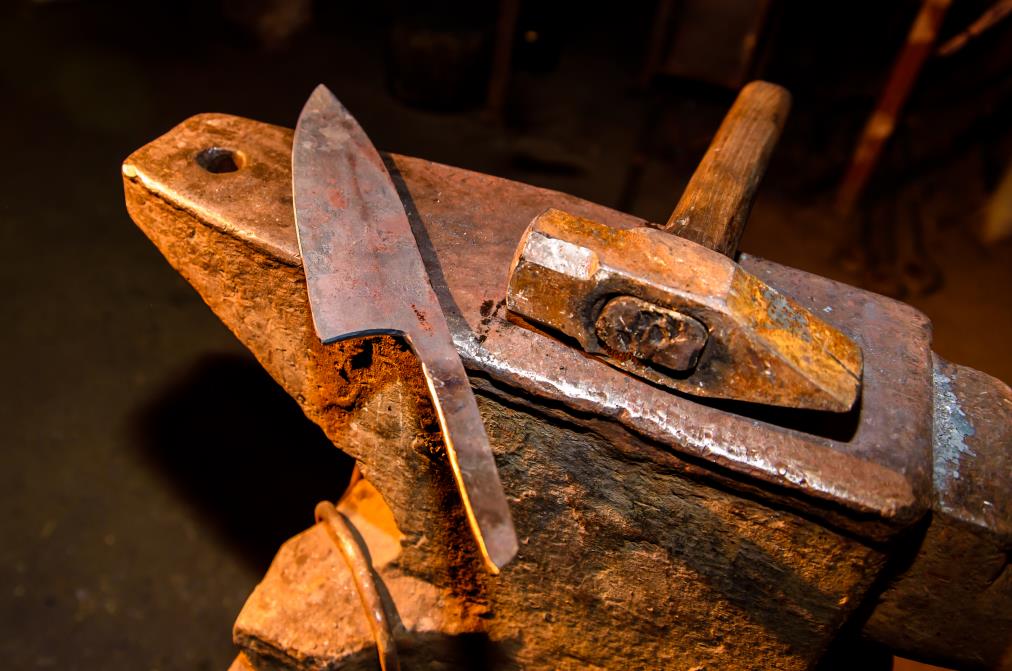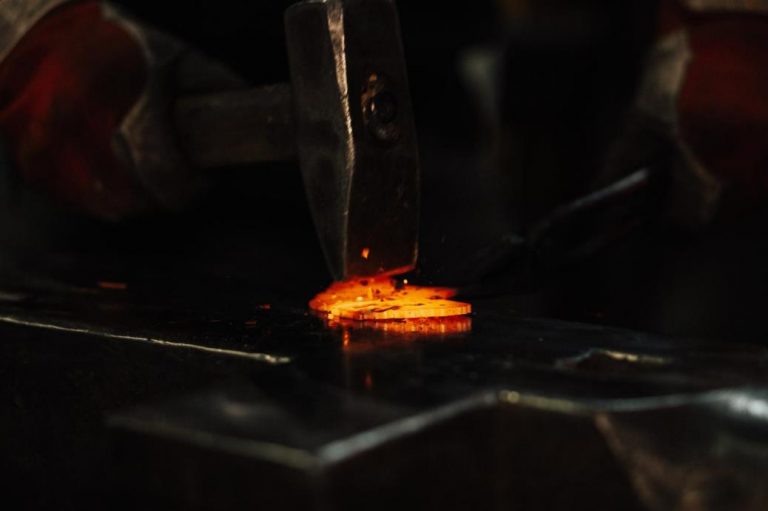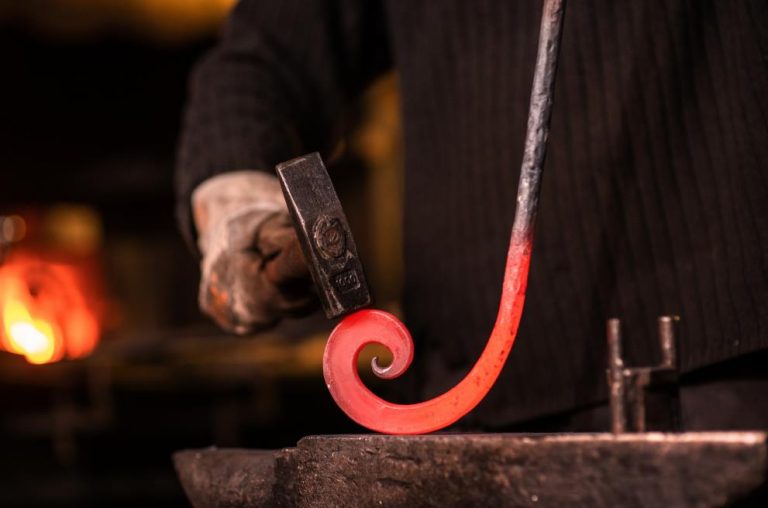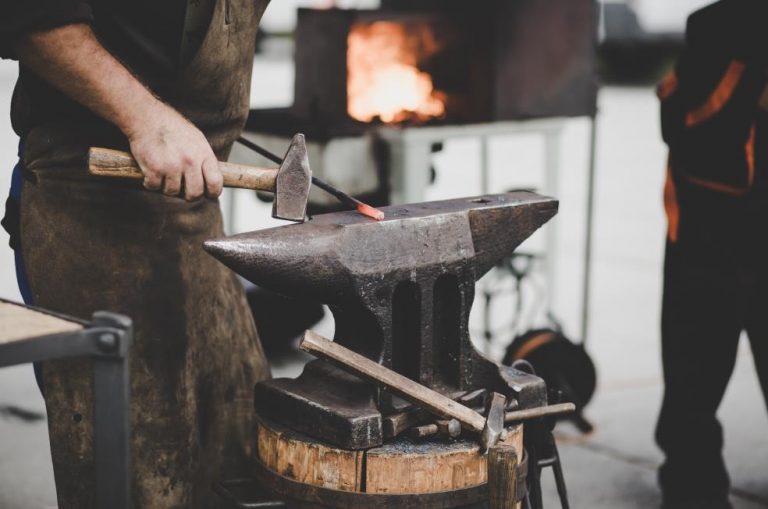65Mn is high carbon steel with plenty of uses that’s also prominent in the knife industry. It’s Chinese-made steel with a good balance of hardness and toughness.
65Mn steel’s toughness is excellent for shock absorbers, machetes, swords, and any other tool that requires resilience. Being this tough, it would come to mind that 65Mn steel is only for making cleavers and similarly purposed knives, but such a conclusion would be wrong.
Knifemakers can use 65Mn steel to forge any type of knife. Nonetheless, it’s primarily chosen by knife brands to make large blades, like machetes, swords, and sizable chefs’ knives.
Here is everything you need to know about 65Mn steel, from its chemical composition to its properties and traits it can give to a knife and more.
65Mn composition
- Carbon (C): 0.60 – 0.70%
- Chromium (Cr): 0.25%
- Manganese (Mn): 1.10 – 1.20%
- Silicon (Si): 0.15 – 0.40%
- Nickel (Ni): 0.35%
- Copper (Cu): 0.25%
65Mn steel also has components of sulfur and phosphorus. These are impurities that makes up less than 0.03% of the steel’s composition.
Buy Wholesale Knives and Start Scaling up with Us Today
Contact us and connect with a sales rep to get a free quote.
65Mn properties
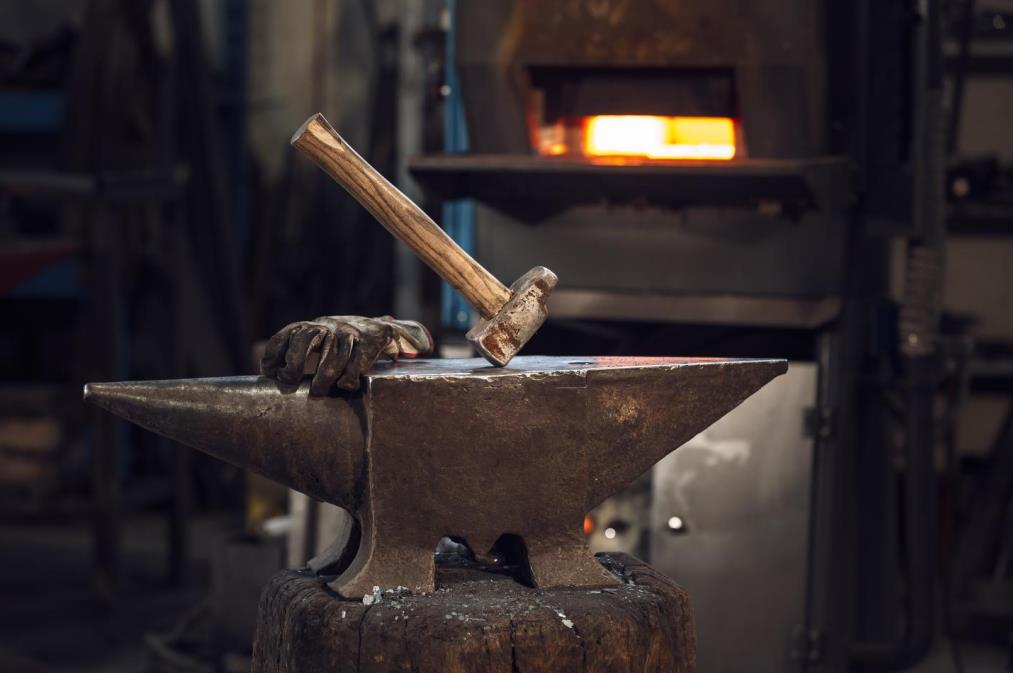
The properties of steel are a straightforward way to tell if it’s a suitable material for making knife blades. It can give you a sense of understanding to deem it fit or unfitting for the knife you have in mind. Here are the 65Mn steel’s properties.
Hardness
65Mn steel’s hardness has mixed results online, leading to misconceptions. Some sources say its hardness is 28 to 32 HRc, which is way too soft for knife material.
This hardness level of 65Mn steel isn’t wrong, however. These sources show 65Mn steel’s unquenched, raw hardness. After heat treating, 65Mn steel can reach up to 64 HRc hardness with its carbon content, but it becomes too brittle at this point.
The average hardness of 65Mn steel as a knife material is around 58 HRc, give or take two. This hardness supplies the blade with a proper balance between other properties, making it a suitable material for knives.
Edge retention
65Mn steel knives have adequate edge retention for both home and restaurant use. Its hardness at 58 HRc is the reason for the satisfying edge retention. Though it falls behind many other knife steel in keeping an edge, it is performing well for its affordable price.
This isn’t to say that 65Mn steel has underperforming edge retention. It has better edge retention than many German knife steel. Although the toughness of 65Mn steel isn’t on par with them, it’s still a durable option that can take a beating.
Toughness

These bring us to the toughness of 65Mn steel. It refers to the steel’s ability to absorb shock without damage.
For example, knife steel with low toughness tends to chip under robust use. Think Japanese steel. Surely, this isn’t a favorable trait, but the superior edge retention and easy sharpening make up for it.
Considering the other uses of 65Mn steel, it isn’t surprising to find it durable. For most kitchen tasks, including cutting through bones, 65Mn steel is an ideal knife material.
65Mn steel is tougher than other knife steel with similar hardness, thanks to the high amounts of manganese in the composition. It reduces 65Mn steel’s brittleness, giving it more strength and opening the door for robust use. Because of the high amounts, manufacturers also refer to this steel as manganese steel #65.
Wear resistance
This steel property refers to material loss. If steel loses a significant amount of material through friction, wear, or other comparable events, it’s low wear-resistant steel and vice versa.
65Mn steel has fair wear resistance. Though it won’t chip easily, it can show scratches over time following continuous use. When unwanted marks appear, the user needs to polish the blade using a whetstone. How easy that happens is closely related to the ease of sharpening this steel.
While the blade showing scratches is off-putting, it also affects other areas, like sharpening. When the wear resistance increases, so does the sharpening difficulty. The wear resistance controls sharpening ease because it requires the user to form a new edge.
A coarse whetstone can make sharpening faster, but 65Mn steel doesn’t require any. The user can sharpen their blades in a few minutes with a basic, 1,000 grit whetstone, but giving it a refined edge takes some time when polishing.
Since sharpening ease is closely related to wear resistance, why it takes time to polish the knife makes sense. 65Mn steel doesn’t have the high wear resistance, but it isn’t too low either.
Rust resistance
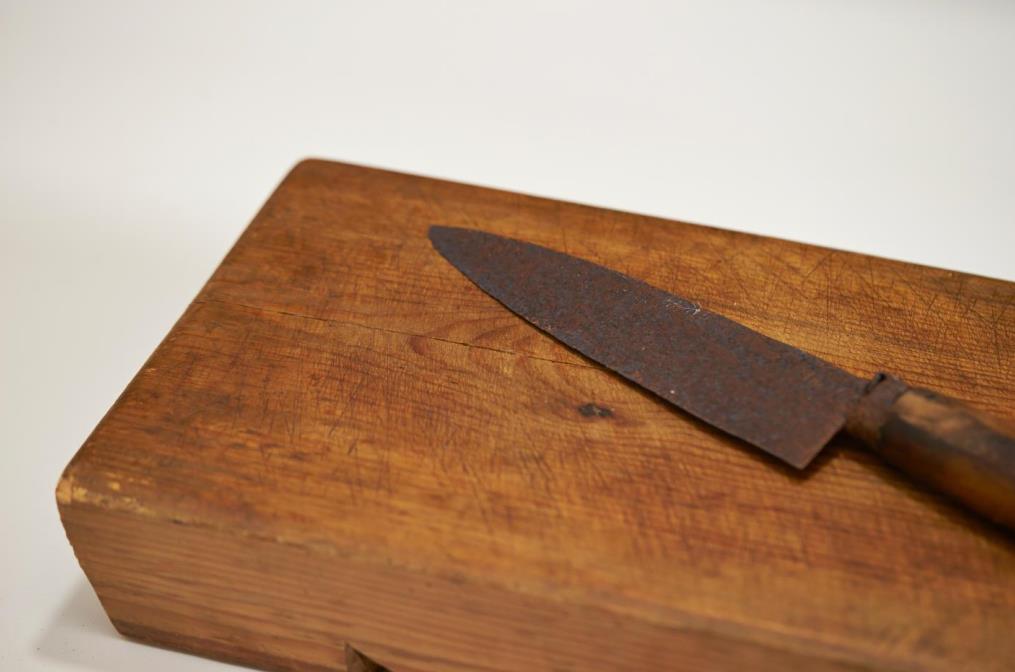
The corrosion resistance is the only aspect 65Mn steel falls behind. Anyone with little knowledge in metallurgy would know – chromium is the primary element that gives steel corrosion resistance. Without chromium, achieving a reasonable rate of rust resistance isn’t very possible.
Since 65Mn steel has insufficient amounts to make it stainless, it can rust on the user if care is neglected. If you’re planning to choose to sell knives made from this steel, giving your customers a heads up is necessary.
Use the following links to get a deeper knowledge of carbon steel. Up-and-coming knife businesses need to know these, as 65Mn isn’t the only knife steel that doesn’t have adequate rust resistance compared to stainless steel.
How to take care of carbon steel knives?
Carbon steel vs. stainless steel
What is patina on carbon steel?
65Mn steel equivalent/comparison
There are similar knife steels to 65Mn. The differences between the equivalents might be only minor. These, however, can be critical for the knife’s purpose and user preferences.
65mn vs. 1095 steel
These two are often put side by side as being equals. Both are carbon steel with minor disparities that set them apart.
1095 steel is American-made, while the 65Mn is Chinese. 1095 steel has more carbon in its composition, up to 0.33%. The higher carbon enables 1095 to reach increased hardness levels, which can boost its edge retention and wear resistance.
65Mn steel has better toughness and corrosion resistance. The heightened levels of manganese achieve 65Mn steel to be purer, and the tiny bit of chromium makes it resist corrosion better.
Overall, 1095 steel knife is better for knives needing to stay sharp and 65Mn steel for durability. For example, 1095 steel can make a good slicer and 65Mn a better survival knife.
65Mn vs. 1065 steel
65Mn and 1065 are almost identical. They have the same amount of carbon, and the other alloying elements are pretty much the same. While both have carbon and manganese, 65Mn steel also has small amounts of silicon, nickel, and copper.
These give 65Mn steel better tensile strength, making it more durable. As knife materials, it’s slightly better than 1065 in edge retention, toughness, and corrosion resistance.
These are the most important properties of any knife steel. The only aspect 1065 is better than 65Mn is machinability, making it easier to manufacture stamped knives.
The differences won’t be evident at first when comparing a knife made from 65Mn and another with 1065. 65Mn showing itself as a better performing knife steel will be clearer with use.
Although 65Mn steel makes a better knife, 1065 has more uses. Manufacturers across different industries can use it to build a variety of products, from brake discs to springs. With its easier machinability, these are easier to achieve with 1065 steel than 65Mn steel.
Is 65Mn a good choice for your knife store?

65Mn steel is excellent knife steel if your customers aren’t looking for rust resistance. Even if they do, it passes the standards of many users, following basic care requirements in the kitchen and outdoors. These are essentially keeping the blade clean and dry after use.
The main reason knifemakers favor 65Mn steel is its balanced properties that don’t affect each other as much. Despite the poor corrosion resistance, 65Mn steel is perfect for machetes, parangs, and big kitchen knives.
The following pros and cons of 65Mn steel knives can help you decide if they can be a suitable product for your knife store.
Pros of selling 65Mn steel knives
- Balanced properties: Users won’t need to sacrifice edge retention for a delicate blade. Its properties are well balanced between hardness and toughness, wear resistance and sharpening ease.
- Availability: 65Mn steel is widely available, making it an affordable material for manufacturers. The costs will be even cheaper if you partner with a knife manufacturer based in China, like us.
- Multiple uses: 65Mn steel is appropriate for manufacturing different knives. In addition to kitchen and outdoor knives, it’s great for making blades for electronics.
Cons of selling 65Mn steel knives
- Better performing steel: There are undoubtedly better performing steel in every characteristic. For example, Japanese steel has better edge retention, German steel has better toughness and corrosion resistance, and harder high carbon steel has better wear resistance.
- Not stainless: 65Mn steel isn’t stainless; therefore, it demands a continuous care routine from its users. The chances of rust and other oxidation forms can be a red flag to some buyers.
Final words
We hope this article helped you form an idea about what to expect from a 65Mn steel knife. It’s one of the knife steel we utilize to make knives of all kinds. The use of 65Mn isn’t limited to knives with an oversized blade profile.
If 65Mn steel sounds like the perfect knife material for the products you have in mind, don’t hesitate to contact us. LeeKnives supply knife stores, whether online or brick and mortar, with wholesale products with private label, OEM, and other service.
